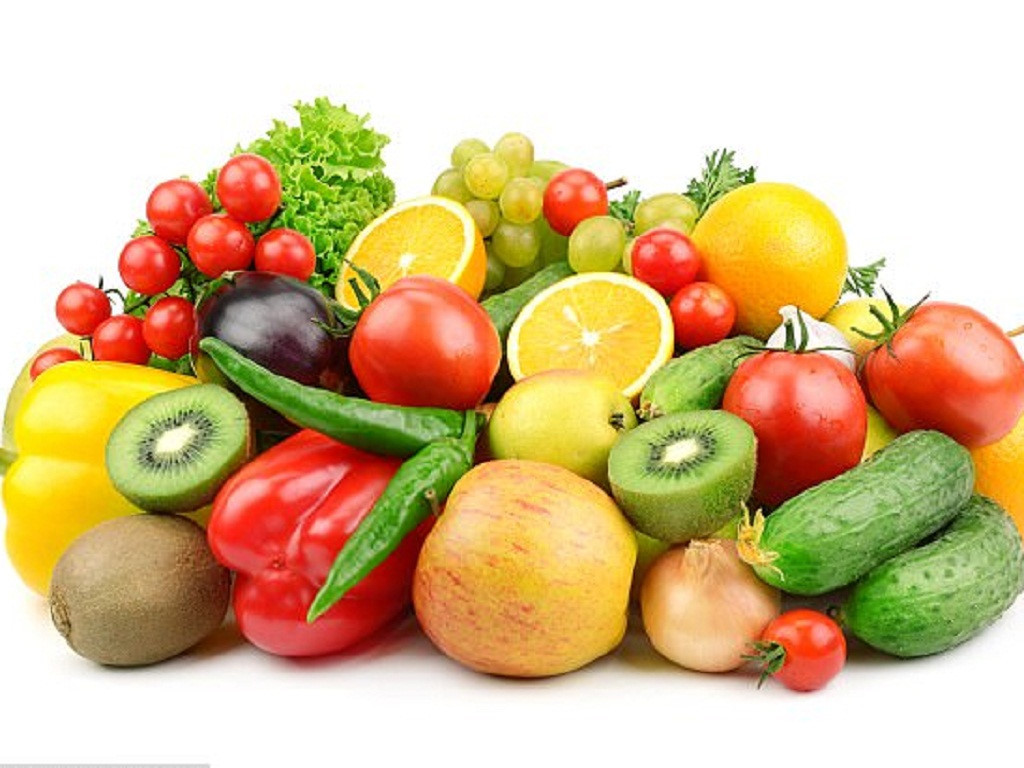Vietnamese people eat less vegetables, more meat, but are lazy to exercise, warning of many diseases waiting for them
The Institute of Nutrition’s investigation by 2020 shows that the consumption of vegetables and fruits in adults is only about 66.4-77.4%, while meat consumption increases rapidly.
According to a survey by the Institute of Nutrition by 2020, the diet of Vietnamese people has had positive improvements in energy. The average in the diet reached 2023 Kcal/day, a slight increase compared to the energy level of 1925 Kcal/day in 2010.
The structure of energy from Protein, Lipid and Glucid is 15.8%: 20.2%: 64.0% (compared to total energy intake), this structure is considered balanced according to recommendations for Vietnamese people. .
Notably, people’s fruit and vegetable consumption has increased per capita from 190.4 grams of vegetables/person/day; 60.9 grams of ripe fruit/person/day (in 2010) to 231 grams of vegetables/person/day; 140.7 grams of ripe fruit/person/day (in 2020).
 |
| Illustrations |
However, according to a survey by the Institute of Nutrition, the consumption of vegetables and fruits in adults is only about 66.4-77.4% of the recommended demand of Vietnam. Meanwhile, meat consumption increased rapidly from 84.0 grams/person/day (2010) to 136.4 grams/person/day (2020); In urban areas, consumption is higher at 155.3 grams/person/day.
BS. Nguyen Van Tien – National Institute of Nutrition said that vegetables and fruits are one of the four food groups necessary to have a reasonable meal at home.
Eating less vegetables and fruits is considered to be the cause of 1.7 million deaths, accounting for 2.8% of all deaths worldwide, causing 19% of gastrointestinal cancers, 31% of all cancers. ischemic disease, 11% of strokes. More than 80% of available vitamin A sources and nearly 100% of vitamin C sources come from vegetables.
Notably, nowadays, in family meals, fruit has become an indispensable thing. But some people worry that green vegetables are not safe for food and think that: it is possible to reduce the amount of vegetables you eat every day a little or not to eat vegetables, but fruit must have and consider it as a green vegetable substitute.
“It is true that fruits are delicious and precious, very useful for the body, but using fruit to completely replace vegetables is not suitable for nutritional science,” emphasized Dr. Van Tien.
Accordingly, the value of vegetables and fruits is to provide the body with nutrients with high biological activity, especially vitamin C, minerals and micro-minerals. In addition, organic acids, cellulose, antioxidants should have the effect of improving health and preventing chronic non-communicable diseases. In developing countries, more than 80% of available vitamin A sources are obtained from fresh vegetables and fruits in the form of carotenes, and nearly 100% of vitamin C is also obtained from vegetables.
Studies also show that vegetables such as spinach, jute, and amaranth have high nutritional value, uniform in carotene content, vitamin C (179 – 64 – 52mg%), iron content. (2.8 – 2.5 – 2.1mg%), rich in mineral salts and micro-minerals, the amount of protein is 3 – 5 times higher than other vegetables (3 – 6 g).
Water spinach has an average nutritional value (380mcg% retinol; 2.8mg% vitamin C; 1.2mg% iron), is inferior to water spinach, jute vegetables but is preferred by many people, used regularly, all year round. large amount (several dozen times more than other vegetables) so its value is not small.
Similarly, spices such as coriander, perilla, basil, dill, etc. have a higher and more uniform carotene content than edible vegetables and sweet fruits, the highest is perilla, basil, yellow pepper, etc. At the same time, they are rich in iron (1-3mg%).
“Vegetables are used fresh without loss of nutrients through cooking, so the value of using vitamins is very high. In addition, the spices also provide a very valuable source of plant antibiotics, “said Dr. Van Tien.
Affirming that fruits cannot replace green vegetables, Dr. Tien emphasized that vegetables are a source of vitamins, minerals and fiber to help eliminate cholesterol toxins from the body and prevent constipation. Some herbs also have therapeutic effects thanks to the essential oils and botanical antibiotics. For example: onion, onion, garlic, radish, carrot, tomato, pumpkin, chili… The content of vitamins and fiber in vegetables is higher than in fruits.
Moreover, the fiber in vegetables has a smooth structure, higher content in fruits helps the body absorb nutrients found in 3 basic food groups (protein, sugar, and fat groups). If only eating only animal protein, the protein absorption efficiency on the digestive tract is only 70%, and if eating more vegetables, the protein absorption efficiency will reach 90%.
“So it can be seen that vegetables are extremely important for health and longevity because the fiber content is more than in fruits, so it is not possible to use fruit to replace green vegetables in every meal. family daily. It is recommended to use enough ripe vegetables and fruits all year round with an average amount of 400g/person/day”, recommended Dr. Van Tien.
It is known that in the action plan to implement the National Strategy on Nutrition to 2025, the Ministry of Health also sets the goal of implementing a diverse, reasonable and food-security diet for all ages and all subjects. life cycle, especially high-risk groups, patients.
N. Huyen
at Blogtuan.info – Source: infonet.vietnamnet.vn – Read the original article here



